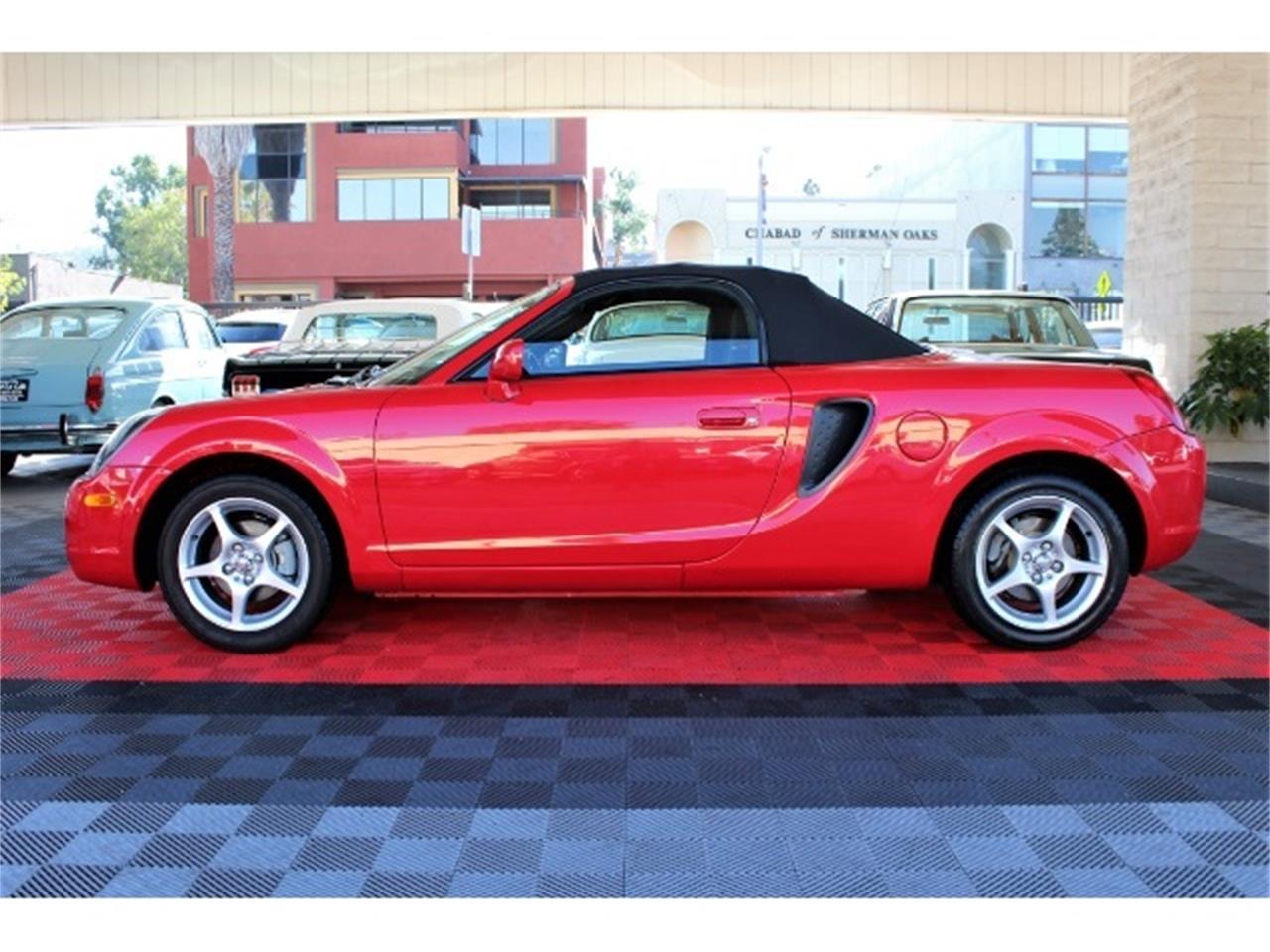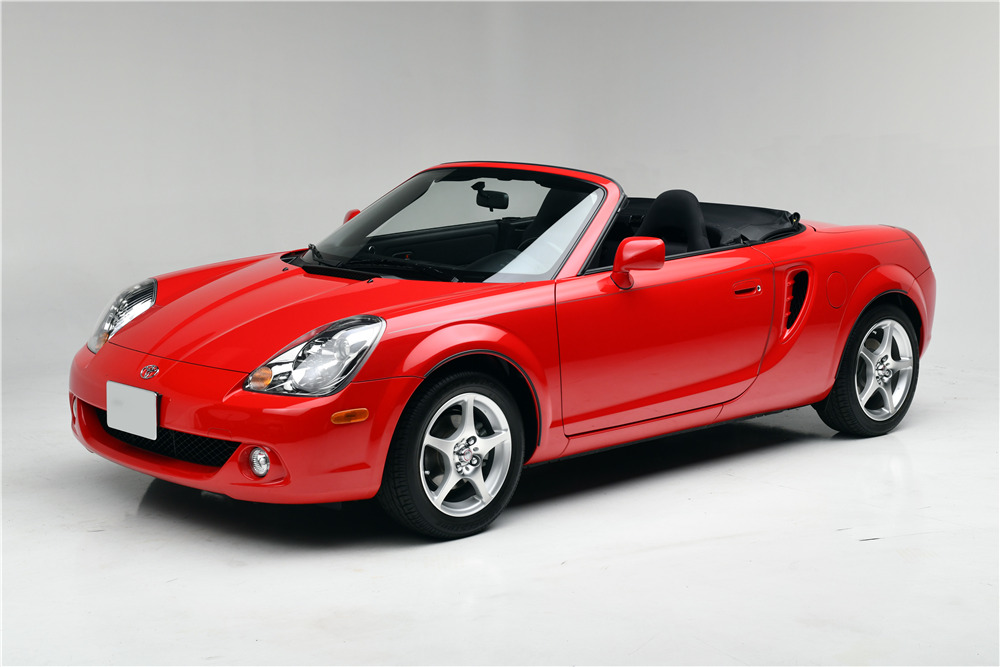

Significant testing was performed on race circuits including Willow Springs, where former Formula One driver Dan Gurney tested the car.Īll three generations were in compliance with Japanese government regulations concerning exterior dimensions and engine displacement. Toyota called the 1981 prototype SA-X.įrom its original design, the car evolved into a sports car, and further prototypes were tested both in Japan and in the US. Design work began in 1979 when Akio Yoshida from Toyota's testing department started to evaluate alternatives for engine placement and drive method, finalizing a mid-transverse engine placement. The MR2 derived from a 1976 Toyota design project with the goal of a car which would be enjoyable to drive, yet still provide good fuel economy – not necessarily a sports car. 3.3.2 Japanese Grand Touring Championship (now Super GT).In French-speaking markets, the vehicle was renamed Toyota MR because the abbreviation "MR2" sounds like the profanity "Merde" when spoken in French. The name MR2 stands for either " mid-ship run-about 2-seater" or " mid-engine, rear-wheel-drive, 2-seater". It is Japan's first rear mid-engined production car.Ĭonceived as a small, economical and sporty car, the MR2 employed straightforward design elements, including fully independent MacPherson strut front and rear suspensions, four-wheel disc brakes, and a transverse-mounted inline-four engine. The Toyota MR2 is a line of two-seat, mid-engined, rear-wheel-drive sports cars manufactured in Japan and marketed globally by Toyota from 1984 until 2007 over three generations: W10 (1984–1989), W20 (1989–1999) and W30 (2000–2007). Japan: Sagamihara, Kanagawa ( Central Motors) SpecsĮngine type displacement: DOHC 16V I-4 1.Central Motors (part of the Toyota Motor Corporation) Toyota's MR2 Spyder is a weekend car, a toy, a plaything-and at $23,098 it's pretty easy to justify. There is no line item for practicality in its mission statement. In a Spyder, the drive is the reason for the trip. Those who focus on that aspect are missing the point. Much has been written about the MR2's dearth of storage space. The MR2 Spyder is a car for people who really love to drive and want a vehicle optimized for that application. Every drive feels like a lap at Road Atlanta.

Clutch effort is light and the gearbox is tight, precise and very satisfying to use.

The car's gearing runs the engine right in the middle of the torque curve at freeway speeds, so acceleration is good, even on the highway. In the process, the powerplant winds freely while emitting an appropriate growl. The 138-horsepower in-line four, while not incredibly powerful, really doesn't have to be to move this car's diminutive weight. Put plainly, the MR2 prefers to be driven with finesse, not recklessness. However, if you're not careful, the tail will also step out without being asked to. And the car will step its tail out on demand. The chassis setup is biased toward over-steer (like most mid- and rear-engined cars). The steering is very responsive, appropriately weighted and turn-in is sharp but not darty. And having the engine mounted behind the driver, yet in front of the rear wheels, gives the car excellent maneuverability. The low weight can be unsettling at first, especially on bumpy pavement, but on smooth curves the Spyder's low center of gravity helps it stick to the road like few other vehicles. Underway, it's clear that at 2,195 pounds, this is a very light car. Mounting the radio higher in the dash would cure the interior's only flaw. The seats are firm and supportive and the gauges are fittingly sports car-like the analog tachometer is dead center, where it's supposed to be.Īmenities such as power windows, AM/FM/cassette/CD, air conditioning and a heated-glass rear window add considerable value to the package. This makes for adequately warm drop-top driving even in cool weather.
#MR2 SPYDER WINDOWS#
The cockpit is comfortable even for a six-footer, and with the soft-top down and side windows up, interior turbulence is nonexistent.


 0 kommentar(er)
0 kommentar(er)
